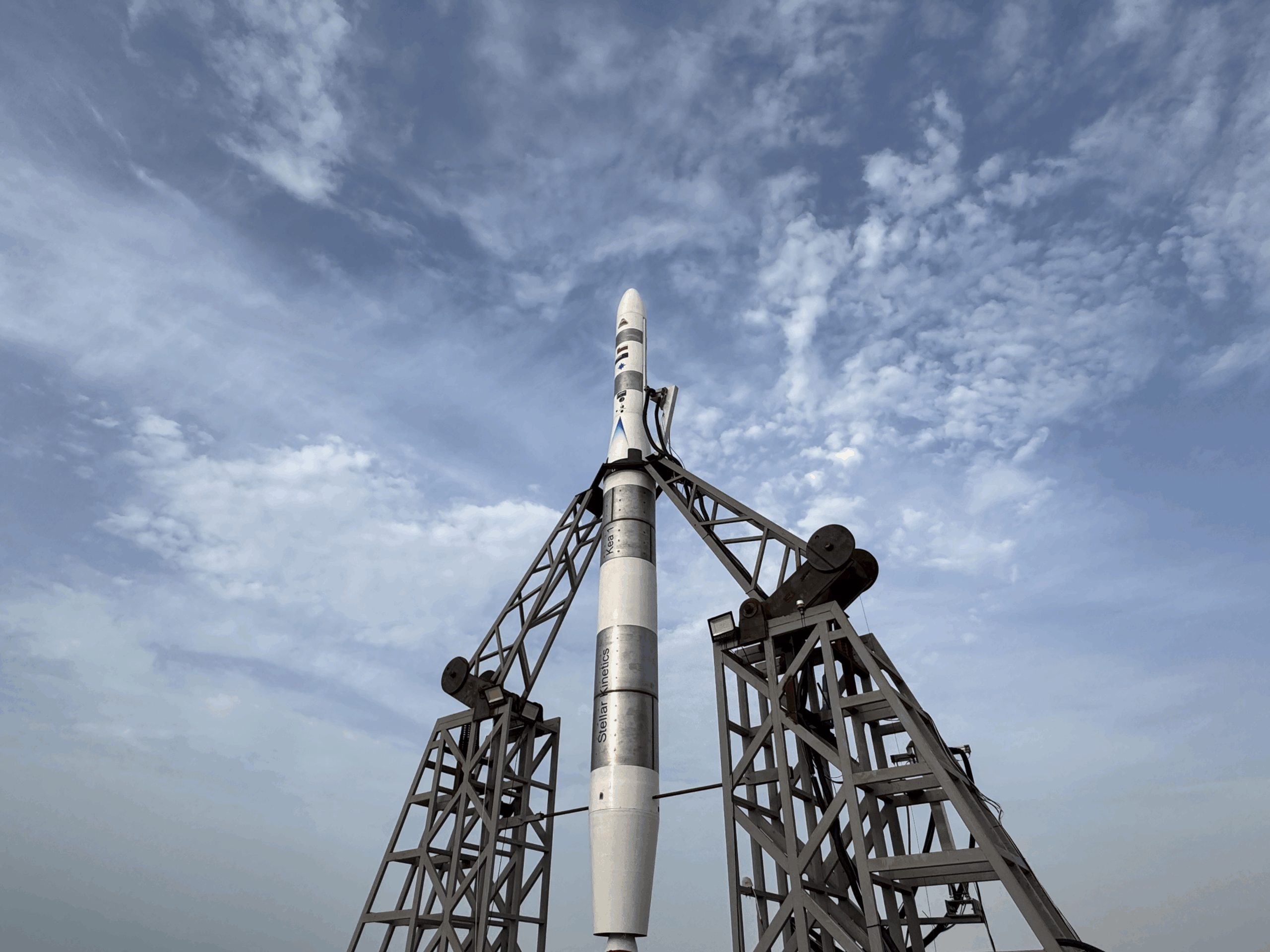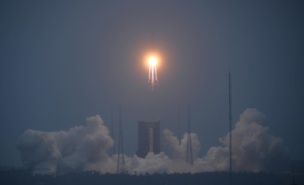Oman’s Civil Aviation Authority (CAA) has approved a procedure to license space launches swiftly—a key milestone ahead of operations at the nation’s new Etlaq Spaceport.
The procedure, which will allow regulators to fast-track applications in just 45 days, aims to help Oman become the Middle East’s No. 1 commercial space hub. The application processing timeline—if officials are able to stick to it, in practice—would be among the fastest in the world, and the regulation places no limit on the number of launches conducted from Oman’s soil.
The context: Etlaq Spaceport, which is overseen by Oman’s National Space Services Company, hosted the launch of NASCOM’s suborbital Duqm-1 rocket in December. The facility now invites launch operators from all over the world to use it for suborbital flights, as well as orbital launches of micro, small, medium, and heavy launchers aiming for equatorial, polar or sun-synchronous orbits.
“This announcement is a landmark moment for the Sultanate of Oman and for the global space community,” H.H. Azzan Qais Al Said, CEO of NASCOM and Etlaq Spaceport, said in a statement. “By formalizing a fast, clear, and internationally credible launch approval process, Oman is showing that it is serious about space launch, and that it is ready to host the world’s most ambitious missions.”
The CAA’s new Civilian Aviation Directive will aim to ensure that launch operations from Etlaq don’t pose a risk to other users of Omani airspace.
The launches: The Etlaq spaceport is expected to host orbital flights of the MIURA 5 micro-launcher by Spanish startup PLD Space. The spaceport was supposed to see its second suborbital launch—NASCOM’s Duqm-2 mission—this year, but the liftoff was scrapped in July due to a technical fault found in the rocket.




